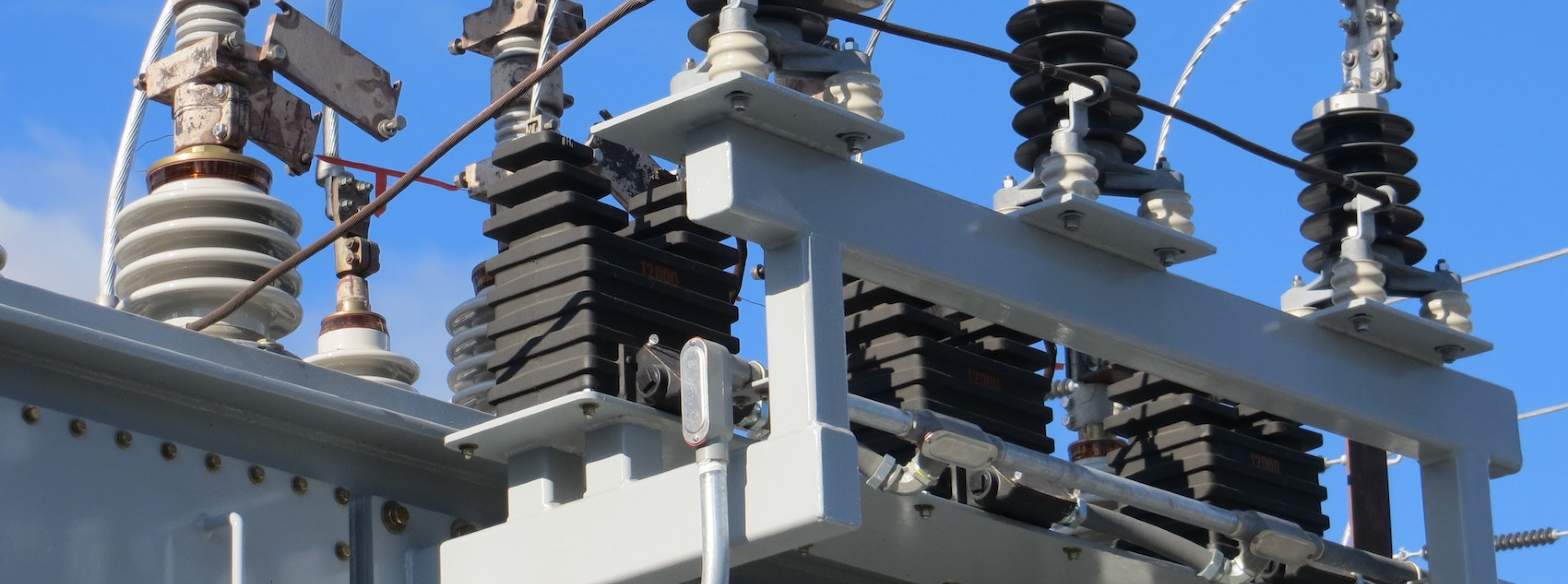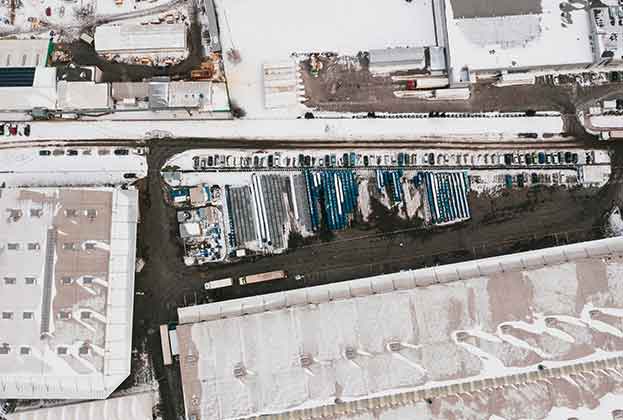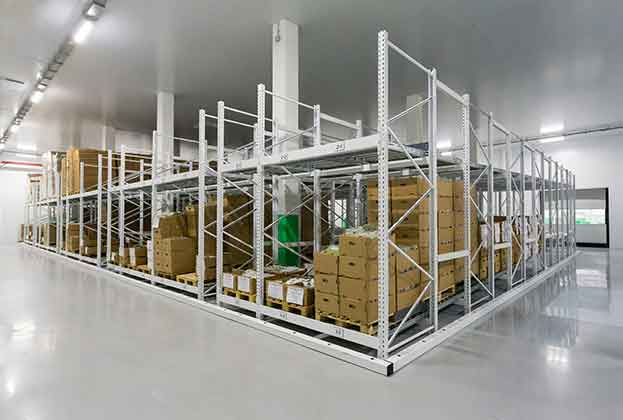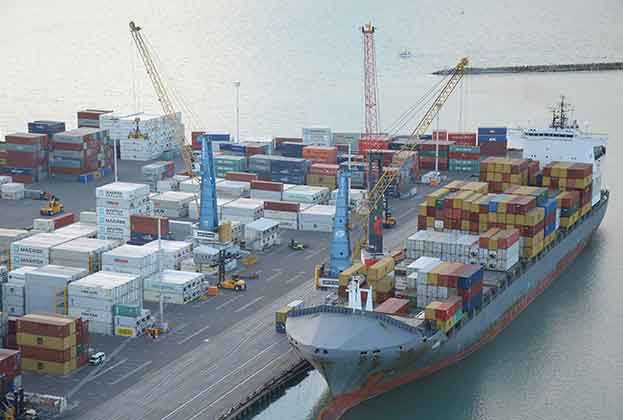One of the key requirements for industrial and logistics sites is the availability of power. However, it is also a significant development constraint due to a critical lack of it, especially in some locations.
For example, for organisations impacted by Covid-19, cutting your utility bill, especially the 'fixed' transmission and distribution costs, to reflect current (which is lower in many cases) power usage would seem like a sensible place to start. Especially as non-commodity energy prices and winter demand risk profiles may see costs increase after this October’s procurement round for the next year, and beyond, affecting budget security and certainty.
Yet, while reducing these costs may be beneficial now, there are significant risks to relinquishing your power requirements in the medium to long term.
Warehouse schemes, for the most part, run on instantaneous demand measured in kVA (kilo-volt-amperes). This demand capacity is agreed with the Distribution Network Operator (DNO) as a kVA power rating at development stage and is secured through a connection agreement for that level of Authorised Supply Capacity (ASC). Cables to your property are designed at this stage specifically to deal with your level of required power from the outset.
It is, however, crucial to consider future demand when making any changes to your ASC. While it may seem cost effective to reduce your demand capacity right now, you also need to consider what you might need in five or even 10 years’ time. For example, you (or your current or future tenants) might be looking to incorporate electric vehicle charging, or transition the heating from gas to electric, requiring additional supply again.
If you do decide to reduce your ASC then there is a real chance that other sites will take up this newly available 'spare' capacity. It is, therefore, likely that your ability to regain any relinquished demand requirements in the future will be diminished and/or costly.
What’s more, DNOs are now sharing the cost of network reinforcements with those who require more power. If this includes the replacement or upgrade of a substation it can be very expensive and take a considerable amount of time. Occupiers in the past have had the opportunity to increase the power capacity of their warehouse from 200kVA to 5MVA for as little as £200,000, which two years later rose to £2 million. They also had to wait a number of years for the DNO to reinforce the network as the initial spare capacity had been taken up by other units in the locality.
Ultimately, when it comes to power demand, you don’t know what you’ve got until it’s gone. With the huge amount of network reinforcements required to maintain national demand, consider carefully whether the monthly saving is actually worth it. For occupiers, the key is to remember that the cheapest kVA is the one you don’t have to pay the DNO to reinstate.


.jpg)





.jpg)

.jpg)